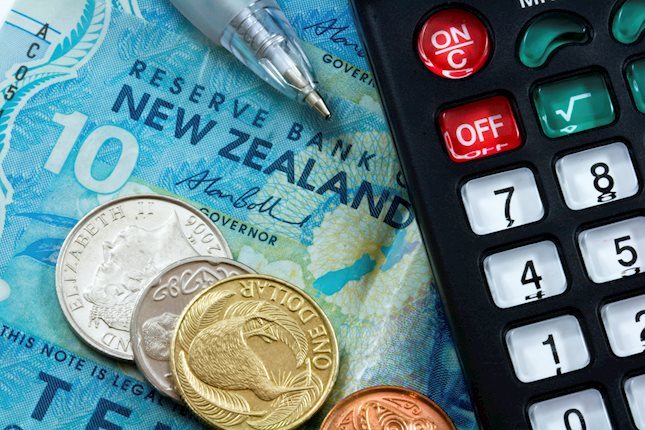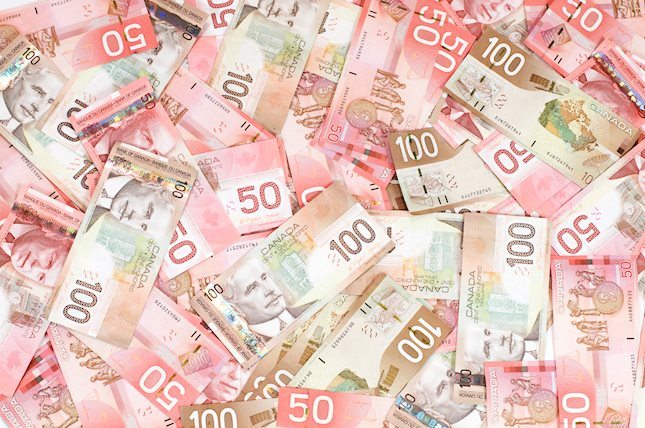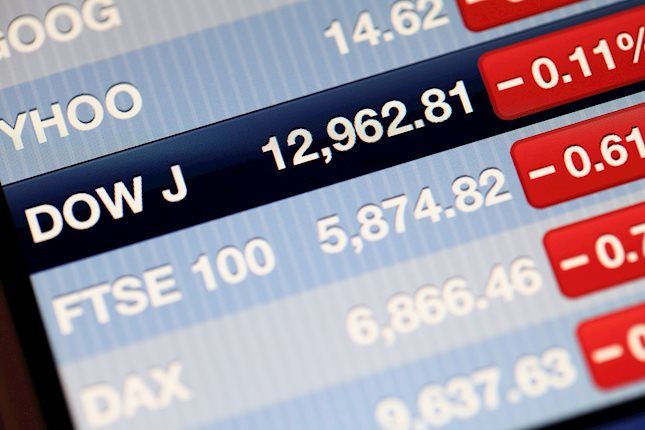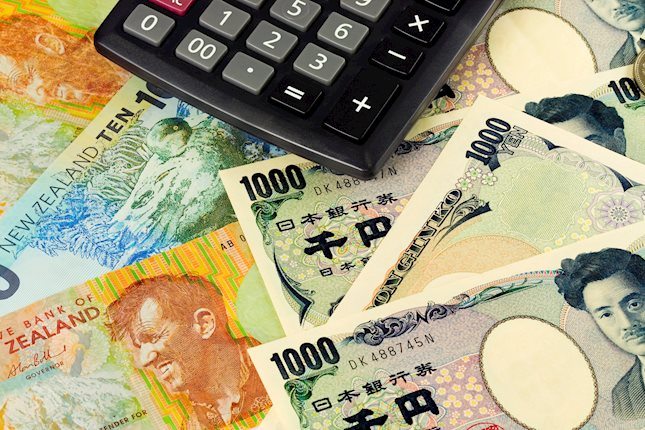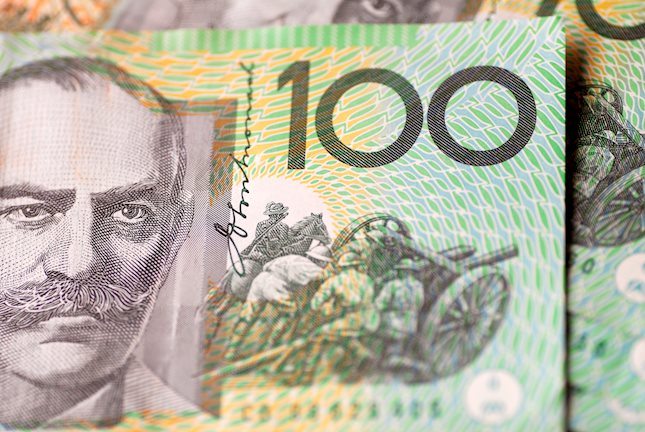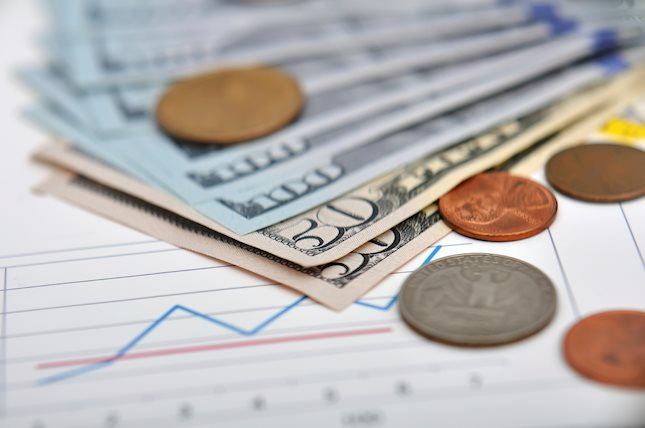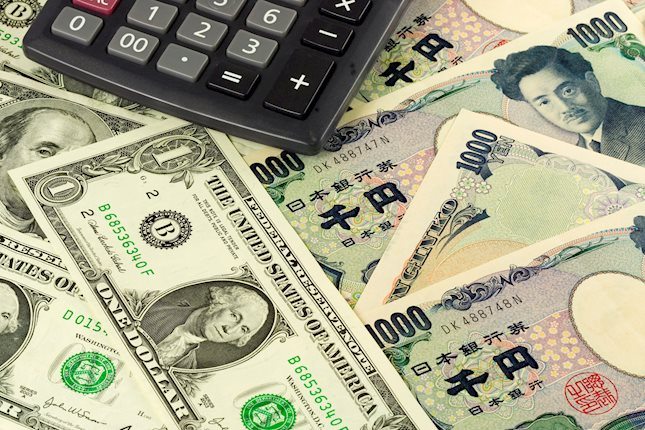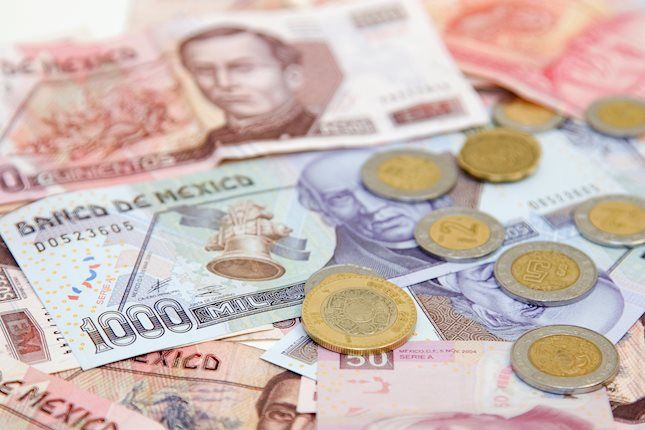Breaking: Gold price advances further beyond $2,600 mark, fresh record high
- Gold price climbs further beyond the $2,600, hitting fresh record peak amid a weaker US Dollar.
- Bets for more rate cuts by the Fed drag the US bond yields lower and undermine the Greenback.
- Worries about the US/China economic outlook and geopolitical risks also benefit the XAU/USD.
Gold price (XAU/USD) gains positive traction for the second successive day on Friday and advances to a fresh record high, beyond the $2,600 mark during the early European session. The Federal Reserve's (Fed) oversized interest rate cut on Wednesday was accompanied by a projection for another 50 basis points fall in borrowing costs by the end of this year. The outlook keeps a lid on the recent recovery in the US Treasury bond yields, which is seen undermining the US Dollar (USD) and benefiting the non-yielding yellow metal.
Apart from this, persistent worries over a slowdown in the United States (US) and China – the world's two largest economies – and the risk of a further escalation of geopolitical tensions in the Middle East turn out to be another factor lending support to the Gold price. That said, the prevalent risk-on mood might hold back bulls from placing fresh bets and cap the upside for the safe-haven XAU/USD. Nevertheless, the commodity seems poised to end in the green for the second straight week and the fundamental backdrop supports prospects for further gains.
Daily Digest Market Movers: Gold price stands tall near all-time peak amid bets for more Fed rate cuts in 2024
- The Federal Reserve's jumbo rate cut on Wednesday and forecast for another 50 basis points fall in borrowing costs by the end of this year failed to assist the US Dollar to capitalize on the post-FOMC recovery from the YTD low.
- Moreover, Fed policymakers projected rates falling to 3.4% in 2025, down from a prior forecast of 4.1%, and declining to 2.9% in 2026, down from a prior forecast of 3.1%, which revived demand for the Gold price on Thursday.
- The USD bulls seem unimpressed by the upbeat US macro data, showing that Weekly Initial Jobless Claims fell to 219K in the week ending September 14, marking the lowest since May and pointing to a resilient labor market.
- Adding to this, the Philadelphia Fed's survey revealed that the current general activity index for manufacturing jumped from a seven-month low of -7.0 in August to 1.7 in September, surpassing consensus estimates.
- Meanwhile, the Fed's oversized rate cut fueled concerns over economic growth, which, along with persistent worries about a slowdown in China, turned out to be another factor that benefited the safe-haven XAU/USD.
- Furthermore, geopolitical risks stemming from tensions in the Middle East and the Russia-Ukraine war act as a tailwind for the precious metal amid the US political uncertainty ahead of the November presidential election.
- Apart from this, the fact that several Asian central banks and Russia are buying gold to reduce their reliance on the USD favors bullish traders and supports prospects for a further near-term appreciating move.
Technical Outlook: Gold price bulls might pause near ascending channel resistance, around the $2,610-2,615 area
From a technical perspective, the $2,600 round-figure mark, or the all-time peak set on Wednesday could offer some resistance ahead of the $2,613-2,615 region. The latter represents the top boundary of a short-term ascending trend channel extending from June and should act as a key pivotal point. With oscillators on the daily chart holding comfortably in positive territory and still far from being in the overbought zone, a sustained strength beyond the said barrier will be seen as a fresh trigger for bulls and pave the way for a further near-term appreciating move for the Gold price.
On the flip side, the $2,551-2,550 area now seems to protect the immediate downside ahead of the $2,532-2,530 horizontal resistance breakpoint. Some follow-through selling might expose the $2,500 psychological mark, below which Gold price could accelerate the slide towards the $2,476 confluence – comprising the 50-day Simple Moving Average (SMA) and the lower boundary of the channel. A convincing break below will suggest that the XAU/USD has topped out in the near term, setting the stage for a slide to the 100-day SMA, around the $2,412 region, en route to the $2,400 mark.
Risk sentiment FAQs
In the world of financial jargon the two widely used terms “risk-on” and “risk off'' refer to the level of risk that investors are willing to stomach during the period referenced. In a “risk-on” market, investors are optimistic about the future and more willing to buy risky assets. In a “risk-off” market investors start to ‘play it safe’ because they are worried about the future, and therefore buy less risky assets that are more certain of bringing a return, even if it is relatively modest.
Typically, during periods of “risk-on”, stock markets will rise, most commodities – except Gold – will also gain in value, since they benefit from a positive growth outlook. The currencies of nations that are heavy commodity exporters strengthen because of increased demand, and Cryptocurrencies rise. In a “risk-off” market, Bonds go up – especially major government Bonds – Gold shines, and safe-haven currencies such as the Japanese Yen, Swiss Franc and US Dollar all benefit.
The Australian Dollar (AUD), the Canadian Dollar (CAD), the New Zealand Dollar (NZD) and minor FX like the Ruble (RUB) and the South African Rand (ZAR), all tend to rise in markets that are “risk-on”. This is because the economies of these currencies are heavily reliant on commodity exports for growth, and commodities tend to rise in price during risk-on periods. This is because investors foresee greater demand for raw materials in the future due to heightened economic activity.
The major currencies that tend to rise during periods of “risk-off” are the US Dollar (USD), the Japanese Yen (JPY) and the Swiss Franc (CHF). The US Dollar, because it is the world’s reserve currency, and because in times of crisis investors buy US government debt, which is seen as safe because the largest economy in the world is unlikely to default. The Yen, from increased demand for Japanese government bonds, because a high proportion are held by domestic investors who are unlikely to dump them – even in a crisis. The Swiss Franc, because strict Swiss banking laws offer investors enhanced capital protection.
Forex News
Keep up with the financial markets, know what's happening and what is affecting the markets with our latest market updates. Analyze market movers, trends and build your trading strategies accordingly.

